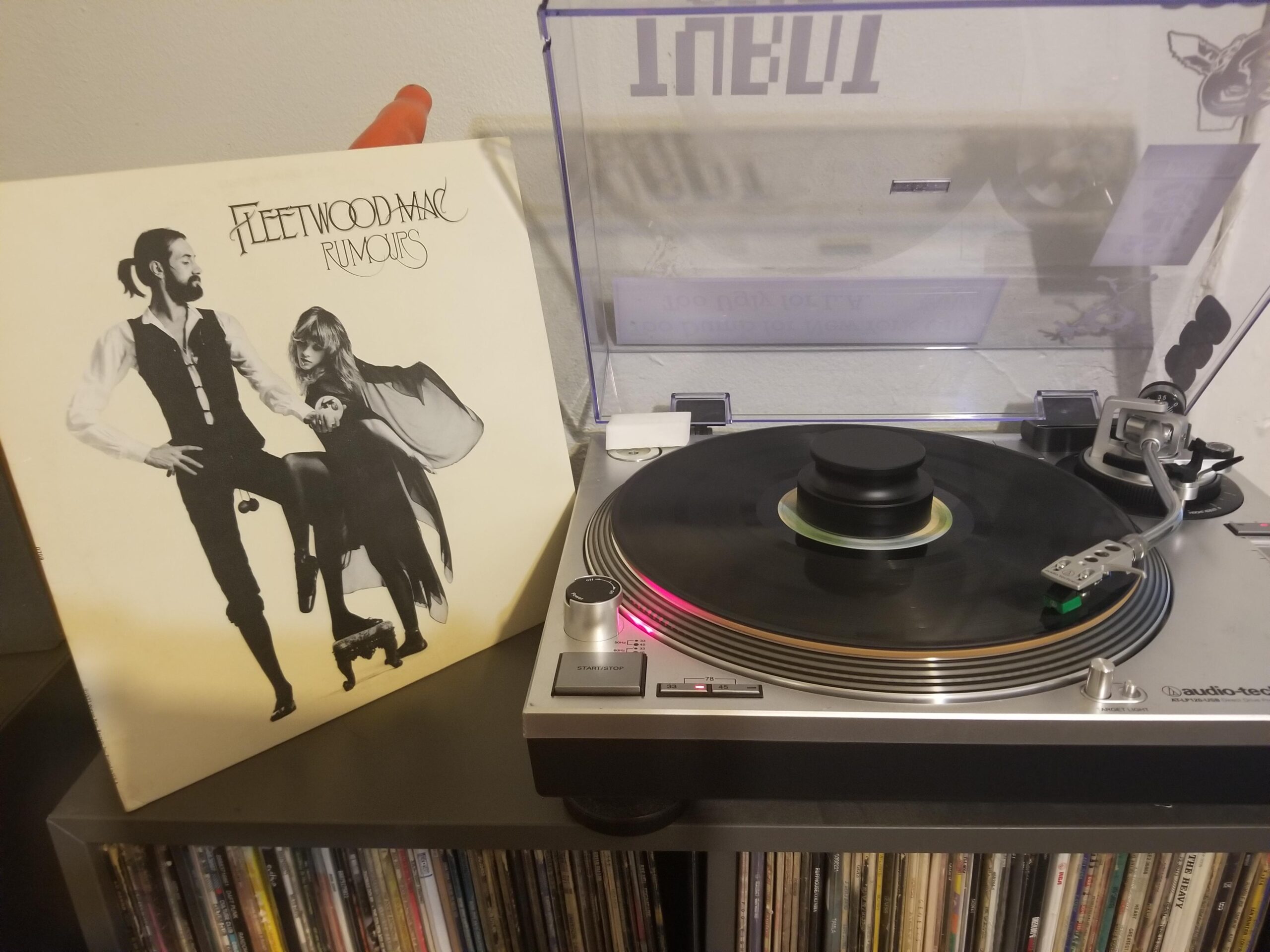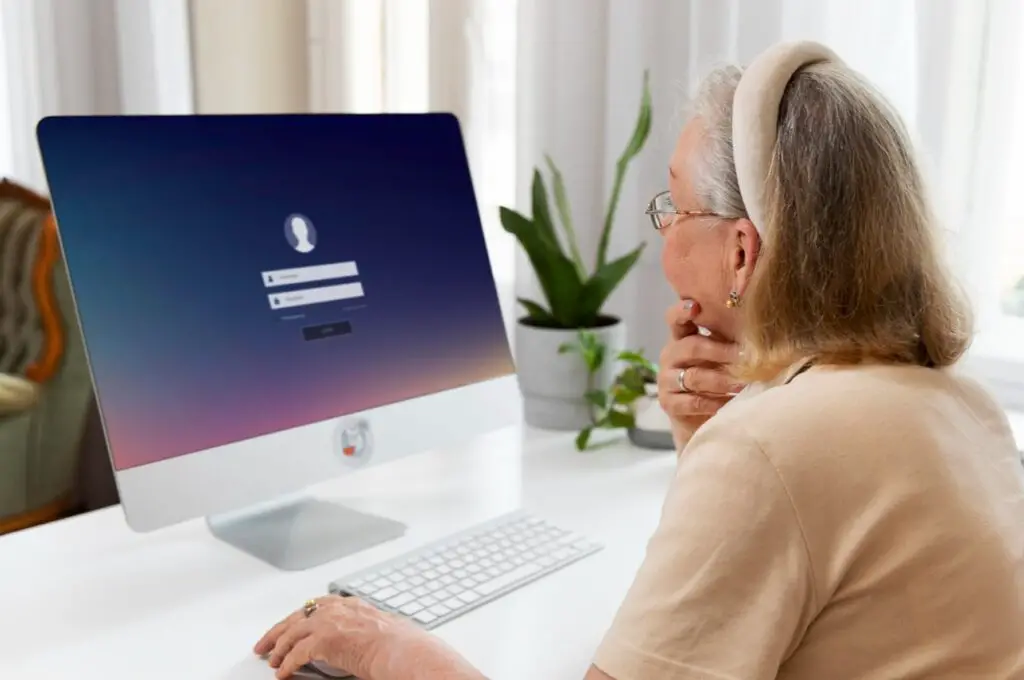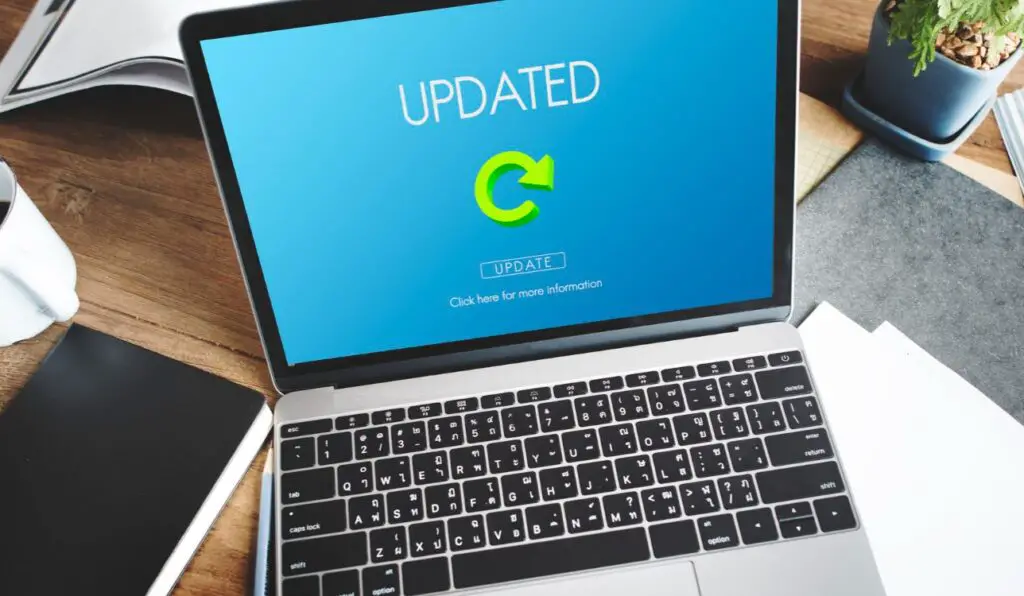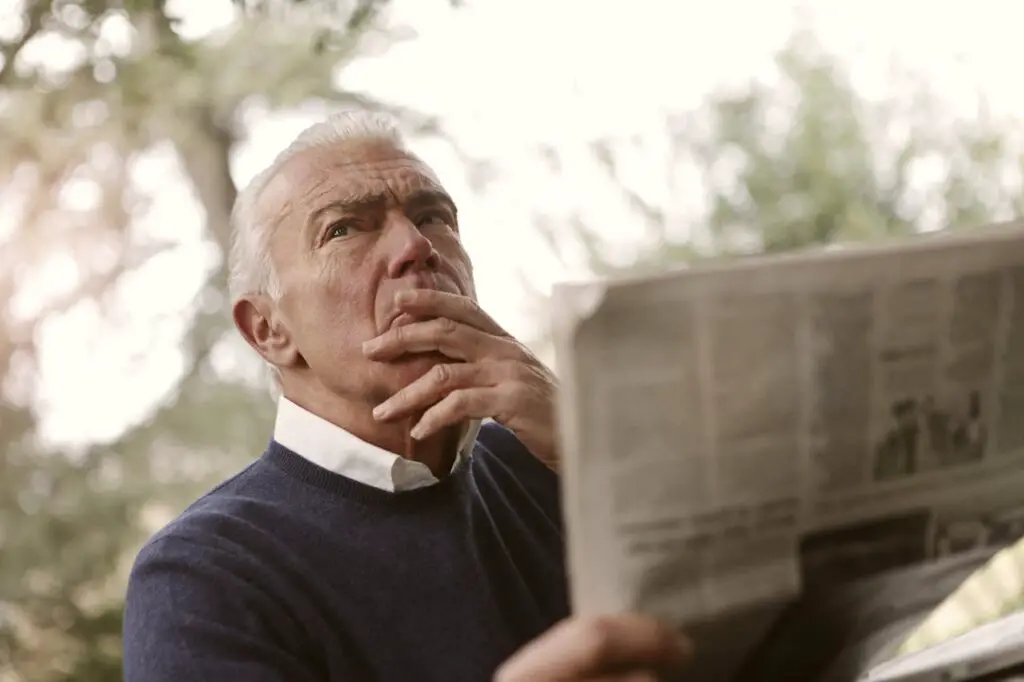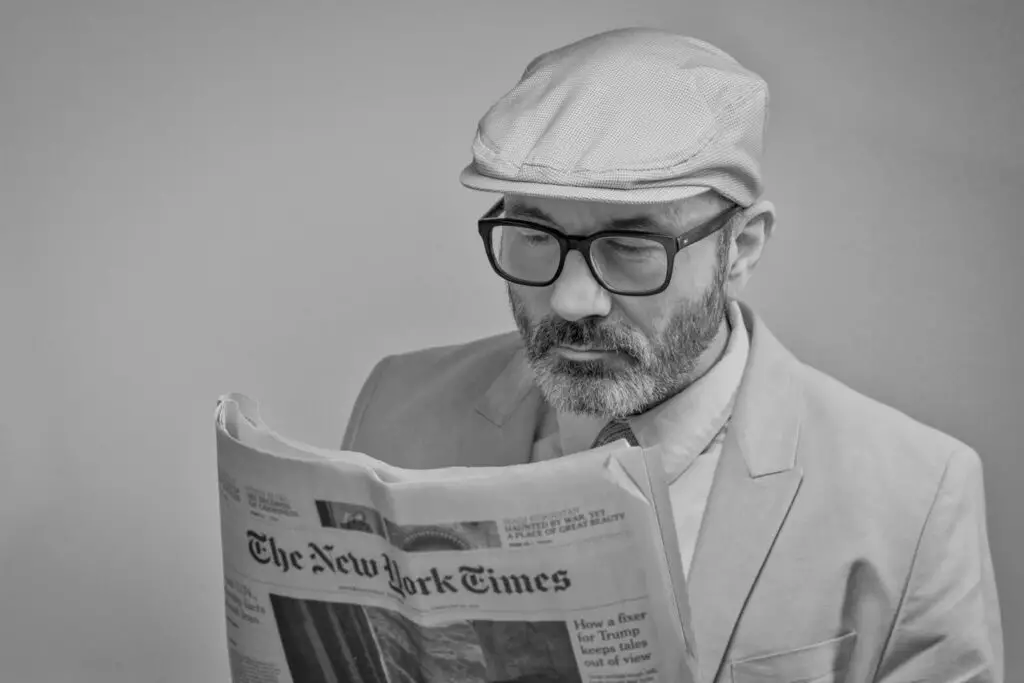Safe & Sound: 10 Home Upgrades for a More Comfortable Senior Life!

A home should be a place of comfort, not a source of stress. As we age, small changes can make a big difference in safety and ease of living. Simple upgrades help prevent accidents, improve mobility, and make daily tasks simpler. From better lighting to smart technology, these improvements are worth considering. Let’s look at ten home upgrades that can make senior life safer and more comfortable.
1. Grab Bars and Handrails

Slips and falls are a major risk for seniors, but grab bars and handrails offer extra stability. Bathrooms, hallways, and staircases are common places where they are needed most. These supports provide balance when moving around the house. Installation is simple and cost-effective, making this a must-have upgrade. Many models blend into home decor without looking medical. A small addition like this can prevent big injuries.
2. Non-Slip Flooring

Loose rugs and slick floors increase the chance of falls. Replacing them with slip-resistant materials like cork, vinyl, or textured tile improves traction. If replacing flooring is not an option, adding non-slip mats in high-risk areas works well. Even small changes, like removing loose rugs, help reduce hazards. Proper footwear also plays a role in safety, so non-slip slippers can be a good investment. A stable floor gives peace of mind when walking around the home.
3. Adjustable Bed

Getting in and out of bed can be tough for seniors with mobility issues. An adjustable bed allows for easy height and angle changes, making it more comfortable. These beds also help with conditions like acid reflux, back pain, and circulation problems. Many models come with remote controls for simple use. A good night’s sleep is important for overall health, and this upgrade makes rest easier. Plus, it adds a touch of luxury to the bedroom.
4. Motion Sensor Lights

Poor lighting leads to trips and falls, especially at night. Motion sensor lights turn on automatically when movement is detected. They are useful in hallways, bathrooms, and staircases, where visibility is key. LED versions are energy-efficient and last for years without needing replacements. Wireless models make installation easy and flexible. This upgrade adds both safety and convenience to daily life.
5. Smart Door Locks

Keys can be tricky to handle for those with arthritis or dexterity issues. Smart door locks remove the need for physical keys, using codes, fingerprint scans, or voice commands instead. These locks also allow caregivers or family members to access the home when needed. Some models can be controlled with a smartphone, adding extra security. Forgetting to lock the door is no longer a worry. Peace of mind is just a touch away with this simple upgrade.
6. Walk-In Tub or Curb-Free Shower

Bathrooms can be dangerous for seniors due to wet floors and high steps. Walk-in tubs and curb-free showers make bathing much safer. These designs remove the need to step over high edges, reducing fall risks. Many walk-in tubs also have built-in seating and handrails for extra support. Some models even come with therapeutic jets for sore muscles. Bathing should be a relaxing experience, not a struggle.
7. Ergonomic Kitchen Tools

Cooking should be fun, not frustrating. Ergonomic kitchen tools reduce strain on hands and wrists, making meal prep easier. Items like easy-grip utensils, automatic can openers, and lightweight cookware are game-changers. A well-designed kitchen setup allows seniors to keep cooking independently. Small upgrades like these can make a big difference in daily comfort. They also encourage a healthy and enjoyable lifestyle.
8. Stair Lifts or Ramps

For seniors with mobility challenges, stairs can become a major obstacle. Stair lifts allow safe movement between floors without the risk of falls. Ramps are another great option, especially for wheelchair users or those with walkers. These upgrades help seniors stay independent in multi-level homes. Though they require an investment, they greatly improve quality of life. Moving around the house should be effortless, not exhausting.
9. Voice-Activated Assistants

Devices like Amazon Echo and Google Nest make life simpler with voice commands. Seniors can use them to set reminders, control lights, call family, or even play music. These gadgets are easy to use and don’t require complex tech skills. They also help with emergencies by allowing hands-free calls. For those living alone, they offer both convenience and connection. A little technology can go a long way in making life easier.
10. Emergency Alert System

A medical alert system provides immediate help at the push of a button. These devices are wearable and can contact emergency services or loved ones when needed. Some models detect falls automatically, sending alerts even if the person is unable to press a button. They offer peace of mind for both seniors and their families. Safety should never be left to chance, and this upgrade ensures help is always within reach.
Conclusion

A few smart changes can make a home much safer and more comfortable for seniors. From better lighting to advanced security, these upgrades enhance independence and ease daily life. Simple additions like grab bars or smart locks can prevent major accidents. Investing in these improvements means fewer worries and a more relaxed living space. Everyone deserves a home that supports their well-being at every stage of life.

















